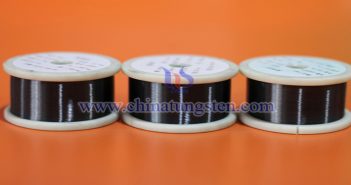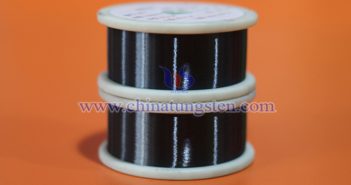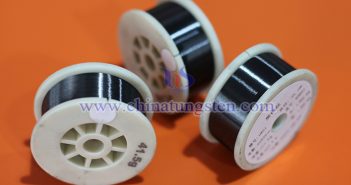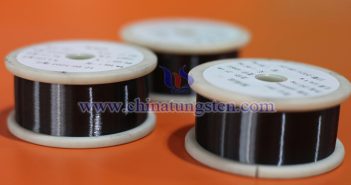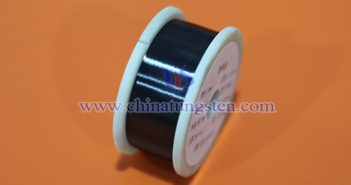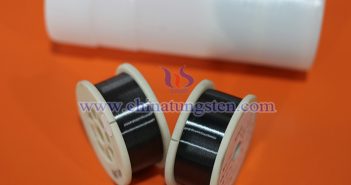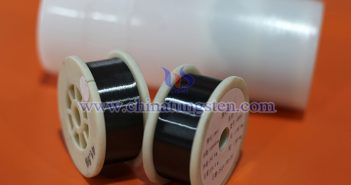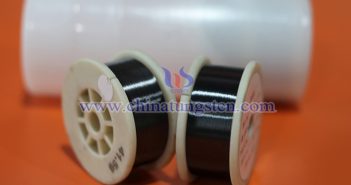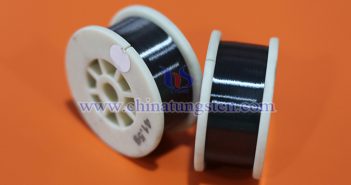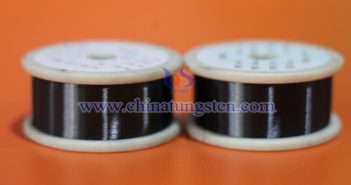
Tungsten wire’s application in studio lighting is primarily reflected in its role as the core light-emitting element in incandescent and halogen lamps. Its high color rendering and flexibility are key advantages, making it widely used in photography, film, and stage lighting. Despite challenges with energy efficiency and lifespan, its unique optical properties make it valuable in specific professional applications. I. Physical Properties of Tungsten Wire Tungsten has an extremely high melting point (approximately 3422°C), making it stable at high temperatures…

